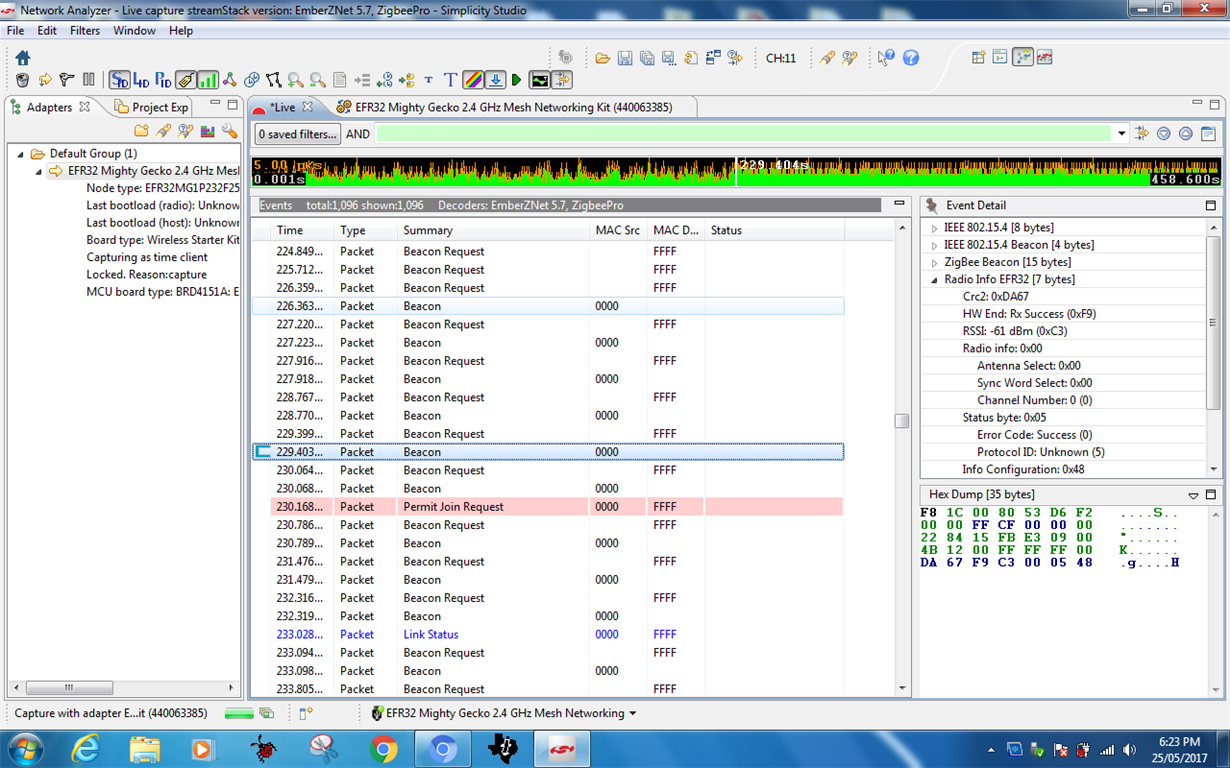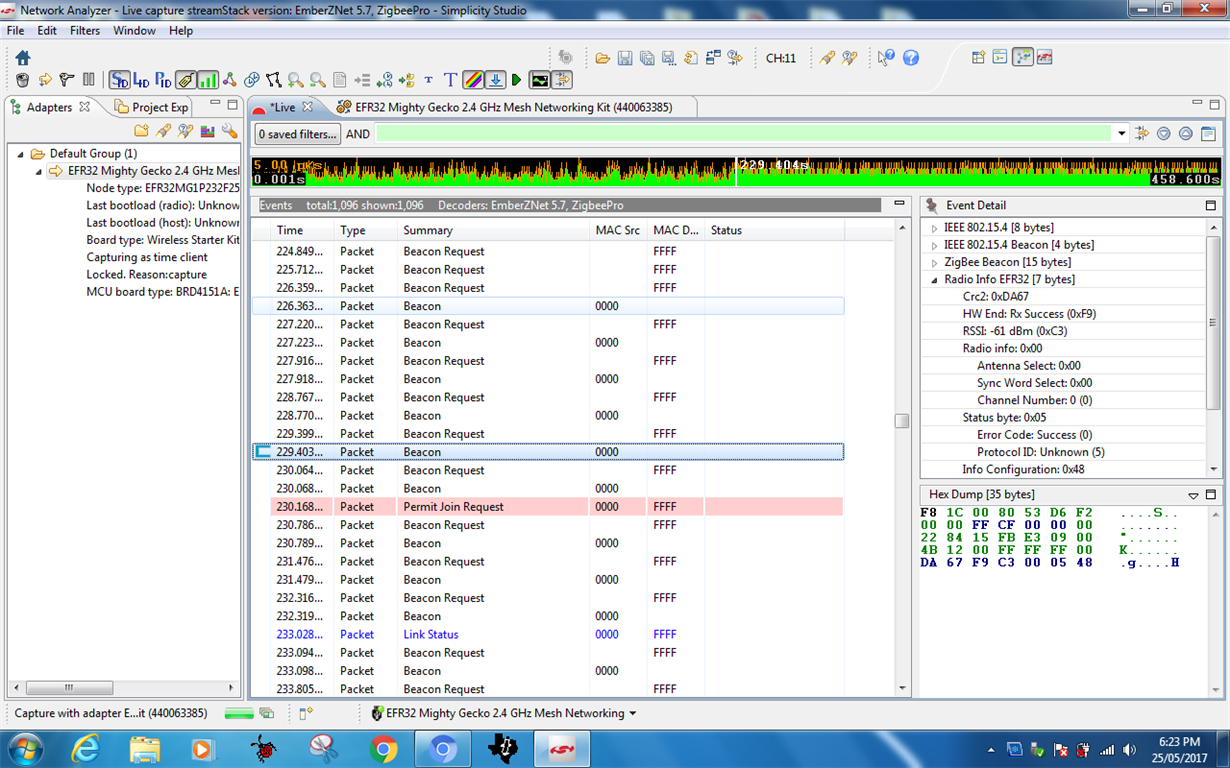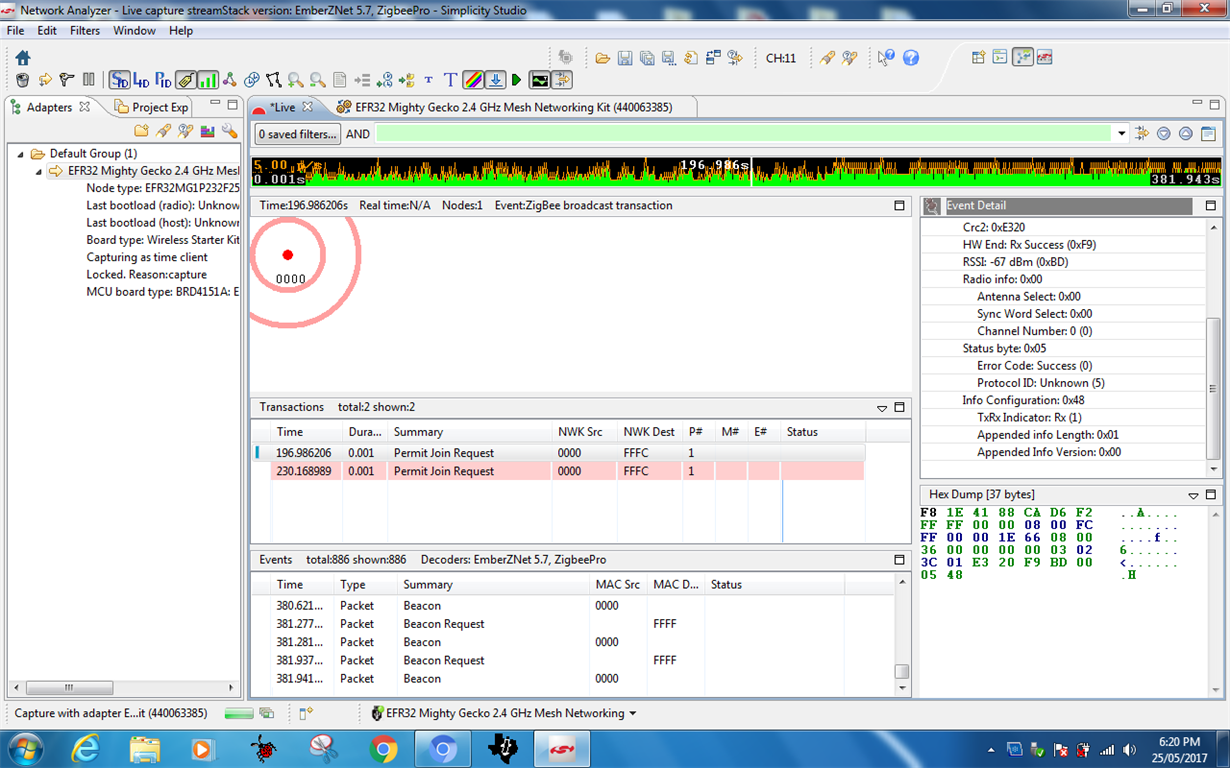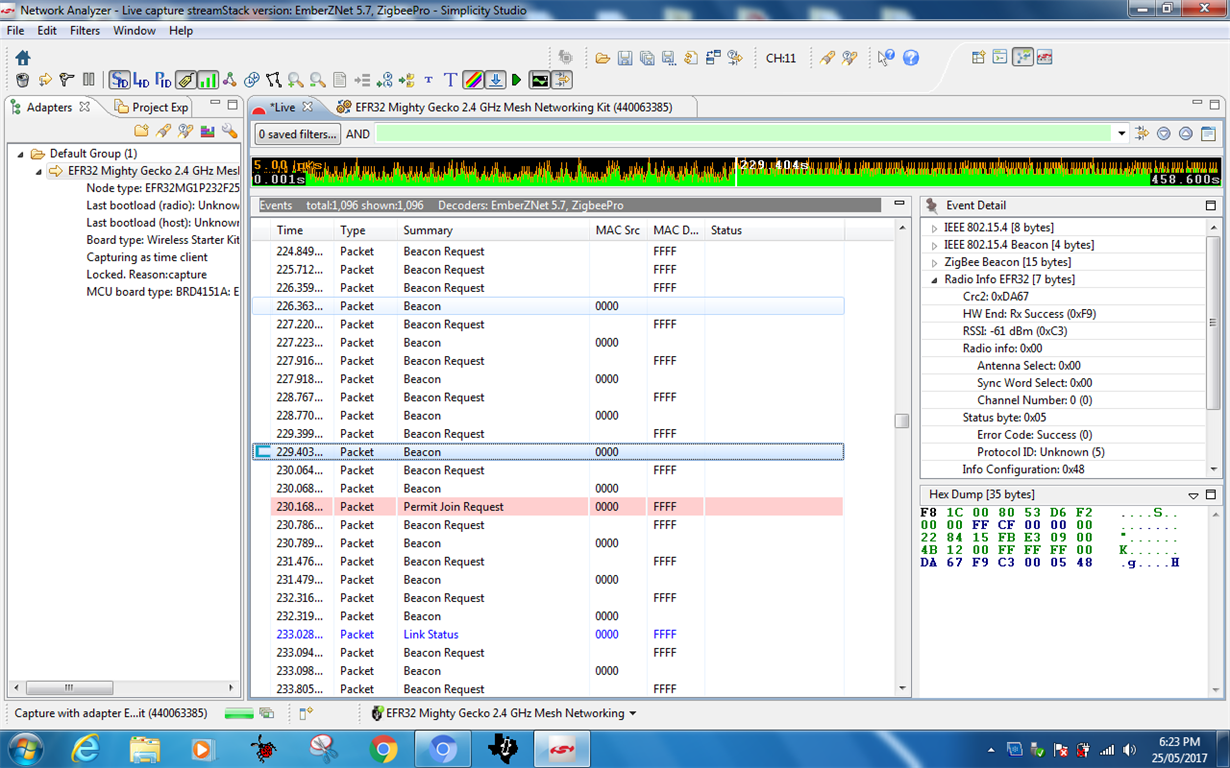Other Parts Discussed in Thread: Z-STACK
Tool/software: Linux
Hi
I am using z-stack HA profile 1.2 and IAR 10.1 . I am using SPI for interfacing CC2530 with IMX6 based custom board. I am trying to communicate between these two IMX6 based custom boards. I ran the script zigbeeHAgw and the servers were up and running. But on running the TI Demo application the coordinator came up and listed but no other nodes were getting listed on giving the permit join option. How can we configure one board as coordinator and other one as enddevice. I tried by adding -DZSTACK_DEVICE_BUILD= DEVICE_BUILD_ENDDEVICE in znp.cfg but it is giving some error on compiling with IAR. I am using Z-Stack Home 1.2.2a.44539/Projects/zstack/ZNP/CC253x/znp.eww workspace file and CC2530-Debug configuration.
Thanks in advance !!







